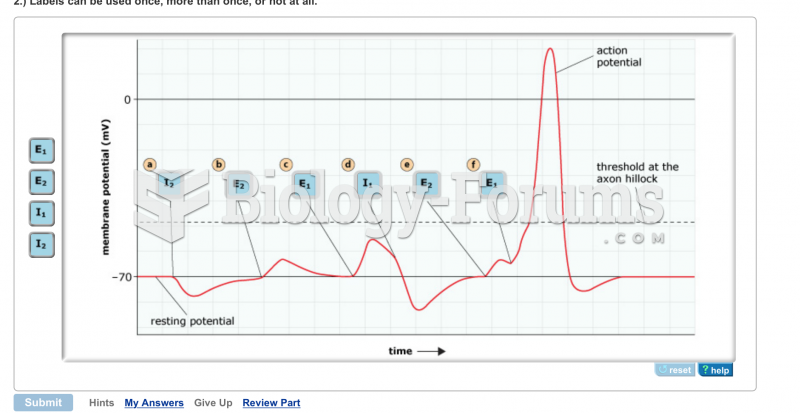Answer to Question 1
Good responses will include descriptions of the popular child as socially mature,
understanding and helpful, having a pleasing appearance and a high level of
academic achievement, and tending not to be physically aggressive. Rejected
children may need assistance with personal grooming and/or academic skills, should
seek out peers similar to themselves (in terms of sex, intellectual ability, etc.), and
should participate in activities and relationships that increase self-esteem and
self-understanding. As they begin to derive confidence from their own strengths and
interests, the number and quality of their friendships are likely to improve.
Answer to Question 2
The first two levels of Kohlberg's stages of moral reasoning are the preconventional
level and the conventional level. Preschool children typically display preconventional
moral thinking. For them, right and wrong is based on the consequences of their
behavior. If they are likely to be punished for something then they are less likely to
do it. If they can get away with a desired behavior, they will likely engage in that
behavior regardless of whether it is morally correct or incorrect based on society's
values. For example, if the preschooler is at the grocery store with his mother and he
wants a package of candy, he might try to slip it into his pocket even though his
mother has told him that he cannot have it. This behavior is likely to happen only if
he's pretty sure that he will be able to do it without getting caught. A school-age child
is more likely to engage in Level II, conventional moral thinking. This type of thinking
is based on the internalization of society's and parents' values and rules. Children
will do what is right or wrong based on what they are told. An example would be that
even though they would like to take the neighbor's new bicycle for a ride, they have
been told that they cannot by their parents and are more likely to abide by the rule.







